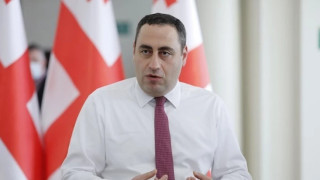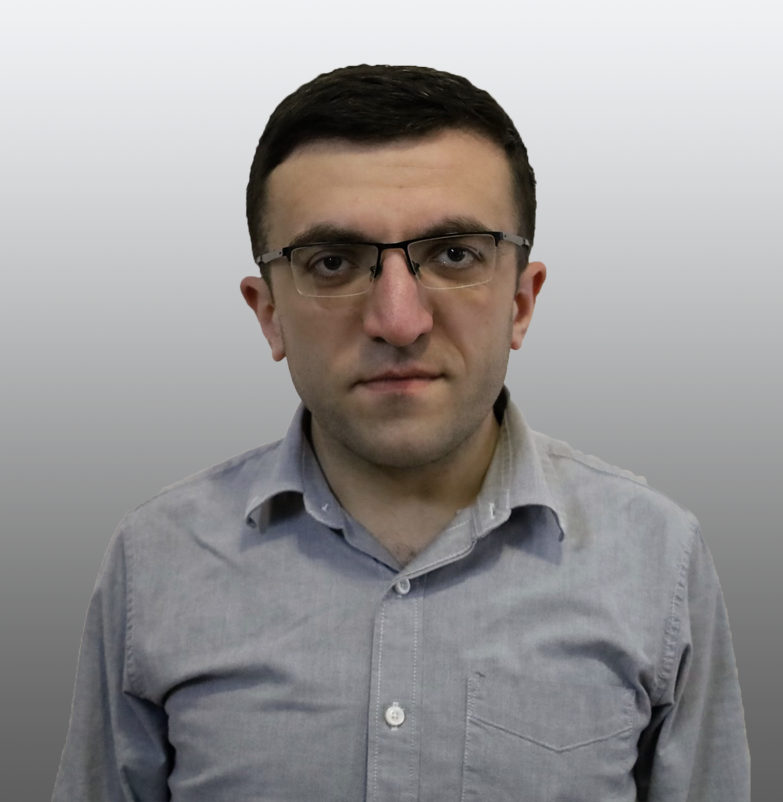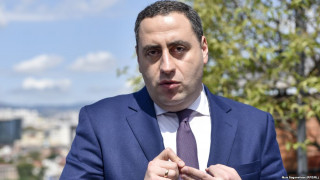Giorgi Vashadze: “The amount of European and American loans and grants in the 2023 budget is around USD 900 million.”
Verdict: FactCheck concludes that Giorgi Vashadze’s statement is MOSTLY TRUE.
Resume: According to the 2023 state budget, it is planned to mobilise GEL 2.244 billion by foreign loans and GEL 280 million by foreign grants with both totalling GEL 2.524 billion. This amount was USD 950 million when the budget was adopted in December 2022.
International financial institutions, and not certain countries, are the biggest donors both in terms of loans and grants, although certain states or group of states are still behind them. Identifying the origins of the incoming money is possible based on where a particular organisation was founded and its source of funding.
Giorgi Vashadze likely meant the total sum of grants and loans. In fact, major donors are Western organisations, although at least GEL 450 million (USD 170 million when the budget was adopted) comes from Asia whilst another GEL 300 million (USD 110 million) is allocated for jointly funded projects. FactCheck concludes that Giorgi Vashadze’s statement is MOSTLY TRUE.
Analysis
On 11 April 2023, on air on the PalitraNews programme, Politikuri Sivrtse, the leader of the Strategy Builder party, Giorgi Vashadze, spoke about foreign funding sources vis-à-vis the budget and stated (from 20:52): “I say to you directly that different external resources, loans and grants account for USD 900 million in this year’s budget, does it not? Where does this money come from and who gives us this money? The USA, the EU and what do you say to them? No, give me that money, I will put it in my pocket and then they can do whatever they want to do?”
According to the 2023 budget plan, the volumes of foreign grants and foreign loans are GEL 280 million and GEL 2.244 billion, respectively. Both of them in total amount to GEL 2.524 billion which equalled USD 1 billion according to the 11 April 2023 exchange rate (the day when Giorgi Vashadze named the statistical figures).
USD 950 million is higher as compared to USD 900 million but the money that comes from the West is only a part of the total financial donation. The Asian Development Bank (ADB) as well as the Japan International Cooperation Agency (JICA) are also among the donors.
Of the total grant funding, the EU and its institutions account for GEL 140 million. GEL 10 million is allocated for rehabilitation of the Vardnili HPP and the Enguri HPP, GEL 5 million is designated for water supply work in Ajara villages, GEL 26 million will be spent on the facilitation of agriculture development and GEL 27 million is intended to support business development.
Of the loans, GEL 1.844 billion is donor funding and GEL 400 million is budget money. Of the GEL 1.844 billion, GEL 1.1 billion is money with Western origins such as the European Bank for Reconstruction and Development (EBRD), the European Investment Bank (EIB) and the World Bank which is a global financial institution but is considered a Western financial organisation since its founder and major sponsor is the United States.
GEL 450 million in funding comes from Asia, mostly from the Asian Development Bank (ADB) and joint projects account for GEL 300 million.
In most cases, loans are allocated for infrastructural projects. The 2023 budget of the Ministry of Regional Development and Infrastructure is GEL 3.331 billion and GEL 1.956 billion of this amount comprise budget sources, GEL 14 million are grants and GEL 1.316 billion are loans. The biggest portion of the loans – GEL 898 million – is intended for building the high-speed highway. GEL 183 million is allocated for the rehabilitation of water supply systems. More specifically, the World Bank and the European Investment Bank allocated GEL 60 million for the Zemo Osiauri water supply section, the European Investment Bank allocated GEL 163 million for the Ubisa-Shorapani water supply section and the European Investment Bank and the Asian Development Bank jointly allocated GEL 104 million for the Khevi-Ubisa water supply section. In addition, the World Bank will spend GEL 18.5 million for building a 500 KW Jvari-Tskaltubo energy transmission line whilst the EU and Germany’s Investment and Development Bank will provide GEL 30 million to ensure water supply for villages in Ajara.
Throughout its history of independence, Georgia has always been a beneficiary of foreign grants and loans. Foreign funding usually accounts for a significant share in the budget. Amid the pandemic in 2020, the share of foreign loans and grants exceeded 31%. According to the 2023 budget plan, their share will be 11.5%.
The absolute majority of both grants and loans comes from the West. As of 28 February 2023, the government’s total external debt is USD 7.837 billion where multilateral creditors account for USD 5.759 billion, Euro-bonds for USD 500 million and separate countries for USD 1.577 billion. On top of that, there is a USD 427 million debt that the National Bank of Georgia owes to the International Monetary Fund and the total national debt is at USD 8.265 billion.
The share of Western donors among the international donors is 60.7% - USD 3.5 billion and the share rises to 87.3% - USD 1.376 billion among bilateral creditors, including USD 728 million for France and USD 623 million for Germany. If we add the Euro-bonds and the debt of the National Bank to this amount, the total will be USD 5.804 billion which accounts for 70.2% of the total national debt. Of the remaining USD 2.460 billion, USD 2.065 billion is a loan provided by the Asian Development Bank and USD 194 million is a loan provided by the Asian Infrastructure Investment Bank. Japan is the leader among bilateral creditors with USD 151 million.








